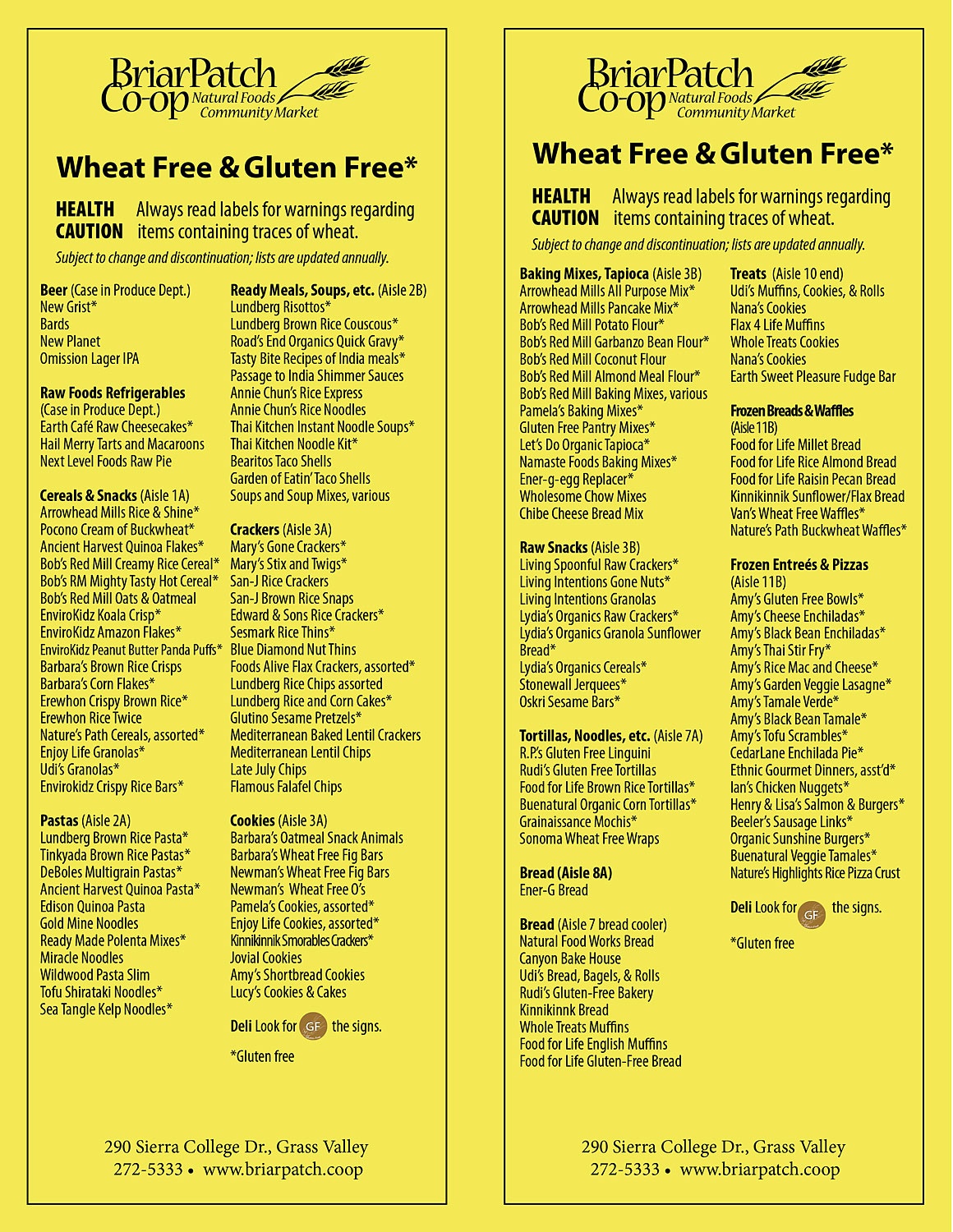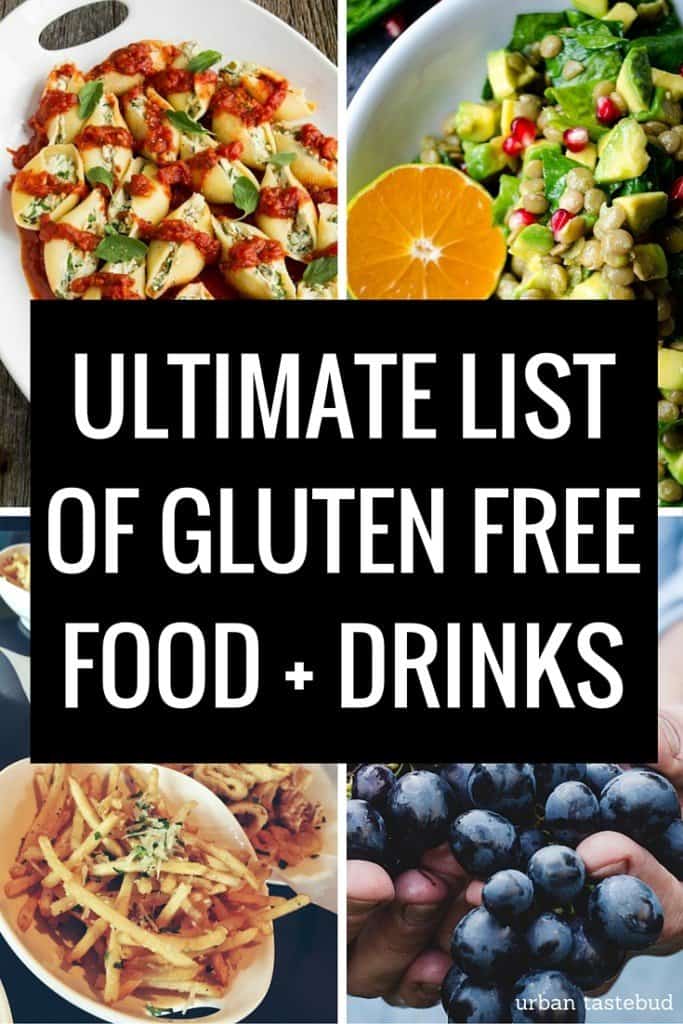Today, I want to talk about something that has become increasingly popular in recent years - gluten-free foods. For those who are unfamiliar with the term, gluten is a protein found in wheat, barley, and rye. Some individuals have a sensitivity or intolerance to gluten, while others have a more severe condition called celiac disease. As a result, they need to follow a gluten-free diet to maintain their health and well-being.
What is Gluten?
Gluten is not inherently bad for you, but for those who have celiac disease or gluten sensitivity, it can cause a range of health issues. When individuals with celiac disease consume gluten, it triggers an immune response that damages the small intestines. This can lead to a host of symptoms, including abdominal pain, bloating, diarrhea, constipation, and fatigue.
Gluten-Free Food List
If you or someone you know needs to follow a gluten-free diet, it’s important to have access to a comprehensive list of gluten-free foods. Fortunately, there are plenty of resources available to help you navigate this dietary restriction.
 The first resource I want to highlight is a helpful printable that includes a list of gluten-free foods. It’s a great tool to have on hand when you’re grocery shopping or planning your meals. You can find it here.
The first resource I want to highlight is a helpful printable that includes a list of gluten-free foods. It’s a great tool to have on hand when you’re grocery shopping or planning your meals. You can find it here.
Another great printable that I found can be accessed here. It provides a comprehensive A to Z list of gluten-free foods, making it incredibly convenient for anyone following a gluten-free lifestyle.
One thing to keep in mind when following a gluten-free diet is that it’s not just about avoiding wheat, barley, and rye. Gluten can also be found in many processed foods and condiments. This means it’s essential to read ingredient labels carefully. Don’t worry; it may seem challenging at first, but once you familiarize yourself with the ingredients to avoid, it becomes much easier.
Gluten-Free and Delicious
Now, you might be thinking, “Are gluten-free foods tasty?” The answer is a resounding yes! There are plenty of delicious and healthy options available that cater to a gluten-free lifestyle. Many fruits, vegetables, lean proteins, and dairy products are naturally gluten-free, so you won’t have to sacrifice flavor or variety in your meals.
 A helpful infographic that outlines a variety of gluten-free foods can be found here. It’s an excellent resource to help you discover new foods that are safe to include in your gluten-free diet.
A helpful infographic that outlines a variety of gluten-free foods can be found here. It’s an excellent resource to help you discover new foods that are safe to include in your gluten-free diet.
For those who are fans of cooking and baking, there are also gluten-free flour alternatives available. These options, such as almond flour, coconut flour, and rice flour, can be used as substitutes in your favorite recipes.
Living Gluten-Free
Now that you have a better understanding of gluten and a variety of gluten-free foods, it’s essential to consider some practical tips when living a gluten-free lifestyle.
First and foremost, communication is key. Inform your friends, family, and coworkers about your dietary restrictions, so they can be mindful when planning meals or dining out together. Many restaurants now offer gluten-free options, but it’s always a good idea to call ahead and ask about their menu.
 When grocery shopping, be sure to read food labels carefully to identify hidden sources of gluten. It’s always a good idea to familiarize yourself with common ingredients that contain gluten, such as wheat, barley, and rye. Remember, just because a product is labeled “gluten-free” doesn’t necessarily mean it’s healthy. Be mindful of added sugars and artificial ingredients that can undermine your efforts to maintain a nutritious diet.
When grocery shopping, be sure to read food labels carefully to identify hidden sources of gluten. It’s always a good idea to familiarize yourself with common ingredients that contain gluten, such as wheat, barley, and rye. Remember, just because a product is labeled “gluten-free” doesn’t necessarily mean it’s healthy. Be mindful of added sugars and artificial ingredients that can undermine your efforts to maintain a nutritious diet.
In conclusion, a gluten-free diet is essential for individuals with celiac disease or gluten sensitivity. By familiarizing yourself with a comprehensive list of gluten-free foods and utilizing helpful resources, you can confidently navigate your dietary restrictions. Remember, living gluten-free doesn’t mean sacrificing taste or variety; there are plenty of delicious options available to keep your meals enjoyable and nutritious.